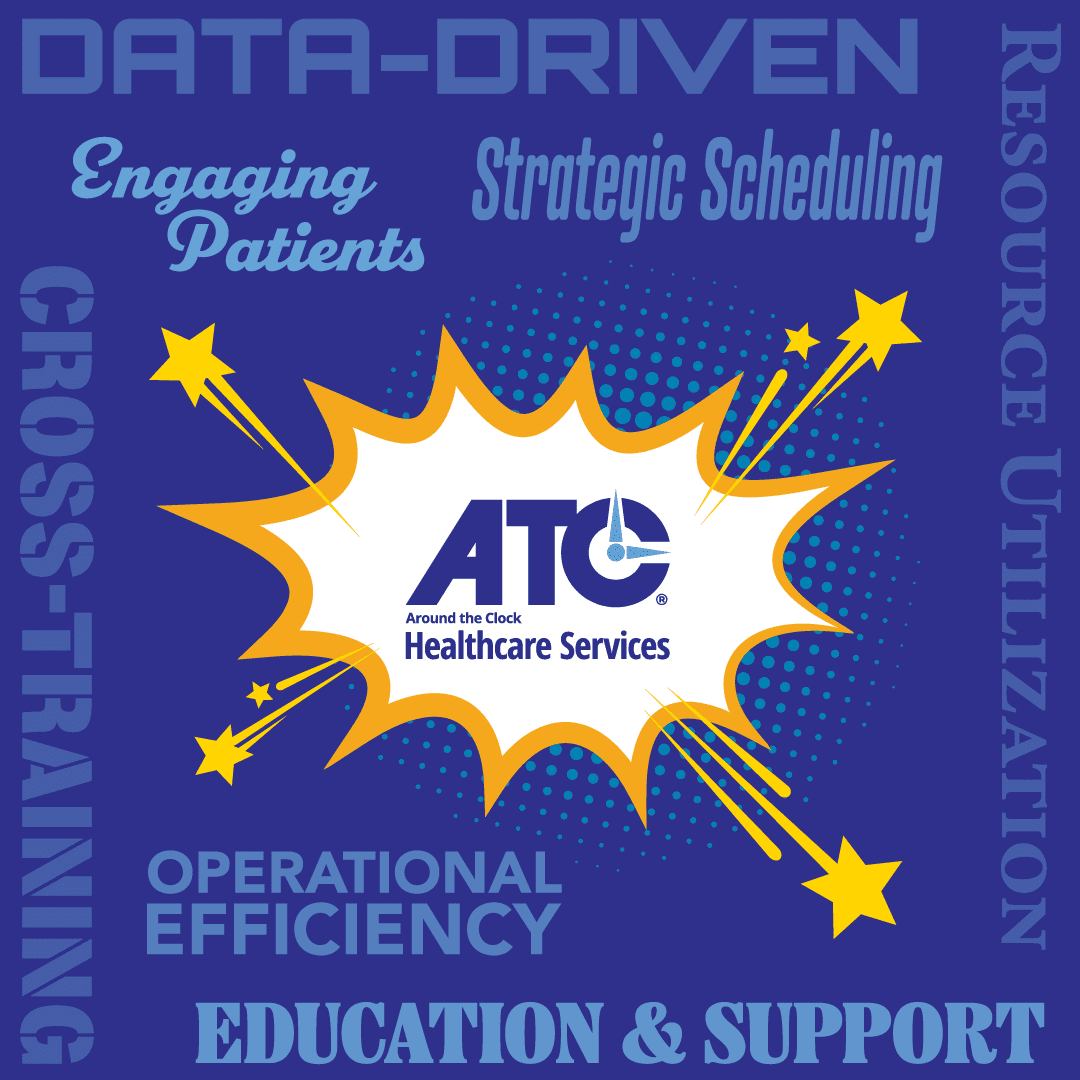Optimizing Existing Resources in Healthcare: Strategies for Enhanced Efficiency
In the ever-evolving landscape of healthcare, the demand for efficient resource management has never been more critical. With rising costs, increased patient expectations, and the pressure to improve outcomes, healthcare organizations are turning their focus toward optimizing existing resources.
Resource optimization in healthcare involves strategically managing available assets—human resources, technology, facilities, and finances—to maximize value. It’s not just about cutting costs; it’s about making smart decisions that enhance the quality of care while maintaining financial sustainability.
This post explores effective strategies for optimizing resources, ultimately leading to improved patient care and operational efficiency.
Key Strategies for Optimizing Resources
- Data-Driven Decision Making
Leveraging data analytics is essential for understanding resource utilization patterns. By collecting and analyzing data related to patient outcomes, staff productivity, and resource allocation, healthcare organizations can identify areas for improvement. Implementing predictive analytics can also help forecast demand, enabling proactive resource allocation.
- Streamlining Processes
Process optimization is crucial for enhancing efficiency. Conducting workflow assessments can reveal bottlenecks and redundancies. Techniques like Lean and Six Sigma can be applied to eliminate waste and streamline operations. By simplifying processes, healthcare providers can reduce wait times, improve patient flow, and enhance overall service delivery.
- Utilizing Technology
Technology plays a pivotal role in resource optimization. Electronic health records (EHRs), telemedicine, and health information exchange systems can facilitate better communication and coordination among care teams. Implementing automation tools can also reduce administrative burdens, allowing healthcare professionals to focus more on patient care.
- Enhancing Staff Utilization
Human resources are one of the most significant assets in healthcare. Optimizing staff schedules to align with patient demand can prevent overstaffing and burnout. Cross-training employees can also enhance flexibility, allowing organizations to allocate staff where they are most needed.
- Implementing Telehealth Solutions
Telehealth has transformed healthcare delivery, allowing providers to reach patients without the constraints of physical space. By integrating telehealth services, healthcare organizations can optimize their facilities and reduce overhead costs while maintaining access to care for patients.
- Patient Engagement and Education
Engaging patients in their care can lead to better outcomes and more efficient use of resources. Providing education about treatment plans, preventive care, and self-management can empower patients to take an active role in their health. This not only improves patient satisfaction but can also reduce unnecessary hospital visits.
- Regular Performance Evaluation
Continuous improvement requires regular assessment of resource utilization and performance. Establishing key performance indicators (KPIs) allows organizations to track progress and identify areas needing adjustment. Regular feedback loops involving staff and patients can further inform decision-making.
Conclusion
Optimizing existing resources in healthcare is a multifaceted approach that requires commitment, collaboration, and a willingness to embrace change. By leveraging data, streamlining processes, utilizing technology, and enhancing patient engagement, healthcare organizations can significantly improve their efficiency and effectiveness. In an era where every resource counts, a strategic focus on optimization not only benefits the organization but ultimately leads to better care for patients.
Interested in learning more about these resources? Reach out to your local healthcare staffing experts by finding the closest ATC Healthcare location: https://atchealthcare.com/about/locations/



